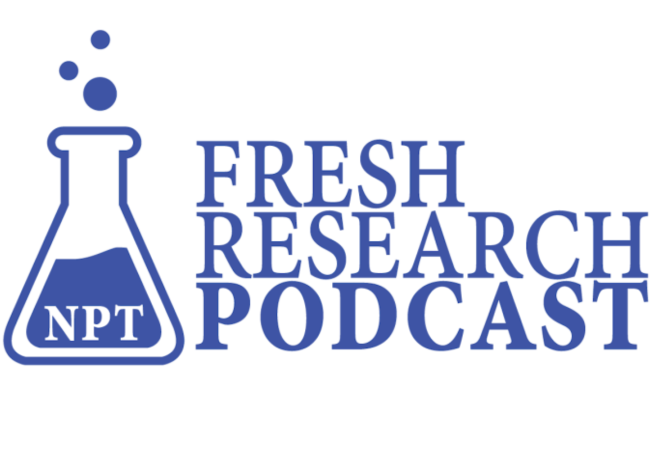Overall giving rose 2% in 2020 compared to 2019 while online donations grew 21%, according to the Blackbaud Institute Charitable Giving Report.
Steve MacLaughlin, vice president, production management, at Blackbaud, visits this episode of the Fresh Research podcast to break down the data and what you need to know about 2020 giving. The report is based on $40.7 billion in giving to 8,833 nonprofits during 2020, including online giving of $3.2 billion to 4,964 nonprofits.
 “There was a definite roller coaster ride in the data that we observed over time. We started to see a recovery in the third quarter of 2020, and then certainly the fourth quarter. The last sort of three months of the year were really positive,” he said. Fundraising at the largest organizations — those that raise more than $10 million annually — jumped 5.3%. Medium nonprofits, which have annual fundraising revenue between $1 million and $10 million, experienced a 1.2% increase in donations. The smallest nonprofits, annual fundraising of less than $1 million, were the only category to experience a drop from 2019 to 2020 — down 7.2%.
“There was a definite roller coaster ride in the data that we observed over time. We started to see a recovery in the third quarter of 2020, and then certainly the fourth quarter. The last sort of three months of the year were really positive,” he said. Fundraising at the largest organizations — those that raise more than $10 million annually — jumped 5.3%. Medium nonprofits, which have annual fundraising revenue between $1 million and $10 million, experienced a 1.2% increase in donations. The smallest nonprofits, annual fundraising of less than $1 million, were the only category to experience a drop from 2019 to 2020 — down 7.2%.
For MacLaughlin, 2020 was all about online fundraising, which reached 13% of total giving and mobile devices accounted for 28% of the total. The average gift amount during 2020 was $737, up from $617 in 2019. Online average donations, which are more likely to reflect individuals than institutions, jumped to $177 from $148 in 2019.
“Certainly in 2020 was where we saw, you know, a significant shift — I think really a pivotal moment — for online giving,” eclipsing 10% of overall giving. “As overall giving struggled, especially the middle part of 2020, online giving was really holding up the dam, if you will,” he said, pointing out that as overall giving was down 8% in the second quarter, online giving was up 36%.
“For me, what happened in 2020 was digital adaptation. You didn’t really have a choice. You didn’t have a choice about your preference for Zoom or Webex or Teams or Slack or whatever you use for virtual meetings — you just had to do it. So we saw this big shift. Certainly the shift also was consumer driven because in so many ways consumer behavior mirrors donor behavior because the common denominator is humans. And so as they shifted in the past to a lot more online experiences, you saw that shift as well with online giving.”
